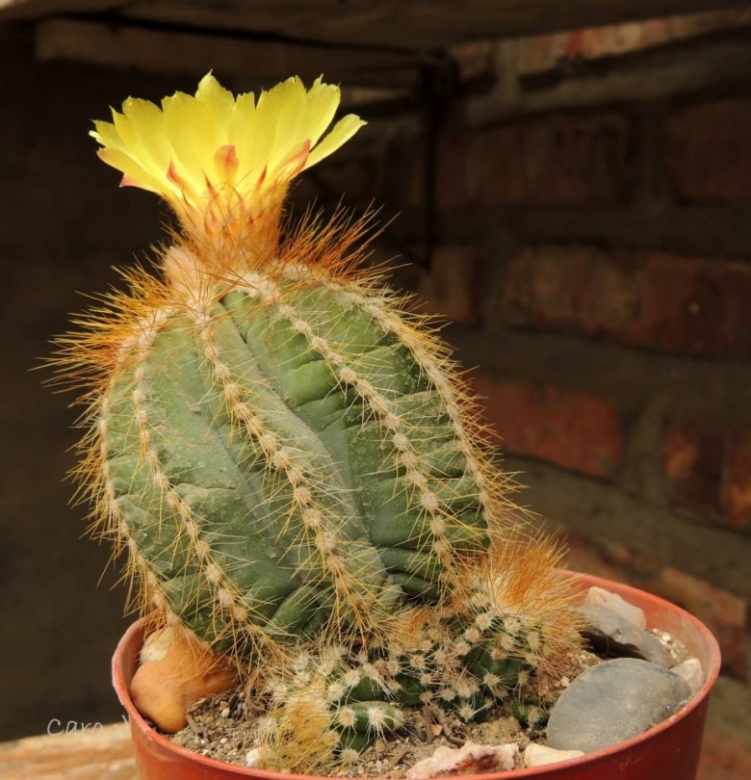
Parodia warasii Photo by: Carolina González
Origin and Habitat: Parodia warsii is endemic from Brazil, occurring in Rio Grande do Sul. It has a very narrow range with an extent of occurrence of 800 km2 and four locations, but it is locally abundant..
Altitude range: Elevations of 800-1,000 metres above sea level.
Habitat and Ecology: This species grows grows in rock cracks on walls in mixed Araucaria forest and deciduous forest. The subpopulations are declining due to landslides. The fact that the species grows on walls provide some protection, but development of extreme sports such a rappelling in the area and the construction of dams are very feasible potential threats. The major threats for this cactus are landslides resulting from agriculture erosion. There is no known use or trade of this species.
Synonyms:
Description: Parodia warsii is a short columnar cactus usually solitary or slowly clustering related to the well-known Parodia leninghausiiSN|14697]]SN|14697]] and similar to Parodia magnifica but with bright green surface (not bluish-green). Stems became tall and erect as it ages (up to 60 cm tall, 30 cm in diameter). As typical with most cacti, this plant varies from specimen to specimen and whether it suckers or remains single makes each plant unique and fantastic when it get large growth size. Large and very floriferous, this species produces big yellow flowers with a satin sheen around the crown of the plant in the Summer.
Derivation of specific name: This member of the Cactaceae family was given this name by Eddie Waras (fl. 1977), plant collector in Sao Paulo, Brazil.
Stems: Single or branching basally to form a compact mass, short cylindrical, glossy, dark grass green, (not glaucous), to 50 cm high, 10-15 cm in diameter.
Ribs: 15-16, straight, nearly triangular in cross section, slightly humped.
Areoles: White 4-6 mm apart.
Spines: 15-20, needle-like, not easily distinguishable as centrals and radials, 10-40 mm long, golden-yellow, yellow-brown to brown, short, bristly, flexible, soft, forming rows down its ribs.
Flowers: Large golden to pale lemon yellow with glossy petals 5-6 cm in diameter. Blossoms stand near the top and appear during the summer. Pericarpels and floral tubes with white wool and bristles. Petals lanceolate, wavy, fringed at the ends, dark lemon yellow at the base, fading to a very pale yellow at the ends. Stigma lobes c.10 elongated, twisted, light yellow. Filaments very long and thin, whitish. Anthers pale ochre-yellow.
Seeds: Small, purse shaped, testa glossy black, widest at the hilum.
Bibliography: Major references and further lectures
1) Edward F. Anderson “The Cactus Family” Timber Press, 2001
2) James Cullen, Sabina G. Knees, H. Suzanne Cubey “The European Garden Flora Flowering Plants: A Manual for the Identification of Plants Cultivated in Europe, Both Out-of-Doors and Under Glass”Cambridge University Press, 11/Aug/2011
3) Hunt, D., Taylor, N. and Charles, G. (compilers and editors). 2006. "The New Cactus Lexicon". dh Books, Milborne Port, UK.
4) Walther Haage “Kakteen von A bis Z” Neumann Verlag, 1981
5) Larocca, J. & Machado, M. 2013. Parodia warasii. The IUCN Red List of Threatened Species 2013: e.T152200A609051. http://dx.doi.org/10.2305/IUCN.UK.2013-1.RLTS.T152200A609051.en. Downloaded on 11 March 2016.
6) Succulenta 58: 313 (1979)
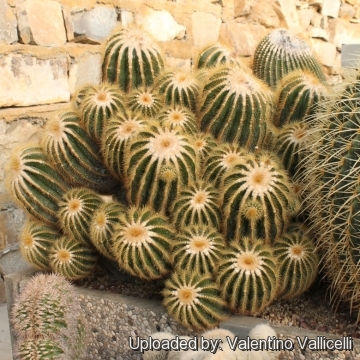 Parodia warasii Photo by: Valentino Vallicelli
Parodia warasii Photo by: Valentino Vallicelli Even after forming clusters, its apex is always tilted toward the sun. Photo by: Andrea B.
Even after forming clusters, its apex is always tilted toward the sun. Photo by: Andrea B.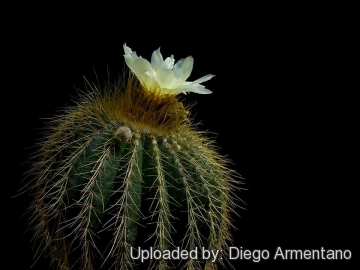 Parodia warasii Photo by: Diego Armentano
Parodia warasii Photo by: Diego Armentano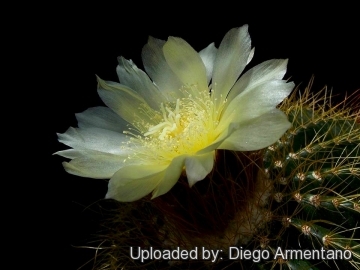 Parodia warasii Photo by: Diego Armentano
Parodia warasii Photo by: Diego Armentano Parodia warasii Photo by: Valentino Vallicelli
Parodia warasii Photo by: Valentino Vallicelli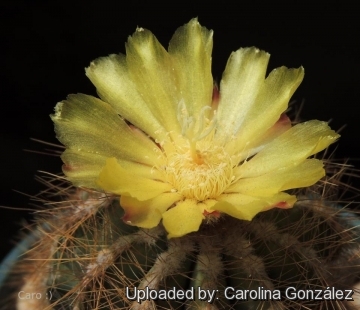 Parodia warasii Photo by: Carolina González
Parodia warasii Photo by: Carolina González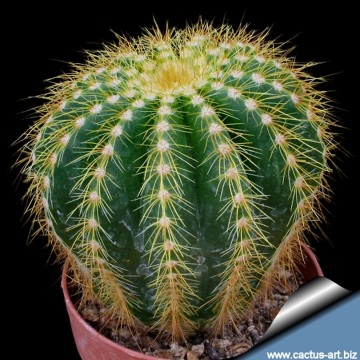 Parodia warasii Photo by: Cactus Art
Parodia warasii Photo by: Cactus Art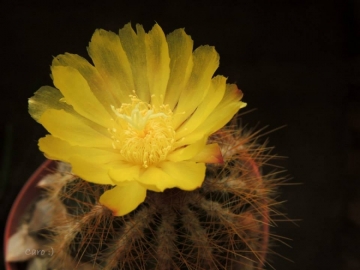 Parodia warasii Photo by: Carolina González
Parodia warasii Photo by: Carolina GonzálezCultivation and Propagation: It is easy to grow. They like a warm bright location, does great in partial shade avoid full sun. They need good drainage and prefer a neutral to slightly acidic compost with plenty of extra grit. Water and feed during the summer. Best if watered with rain water. Keep above 0°C and rather dry in winter, rot easily if the substrate is wet and cold, tends to lose its roots in winter.
Propagation: Seeds or cuttings (if available)


















